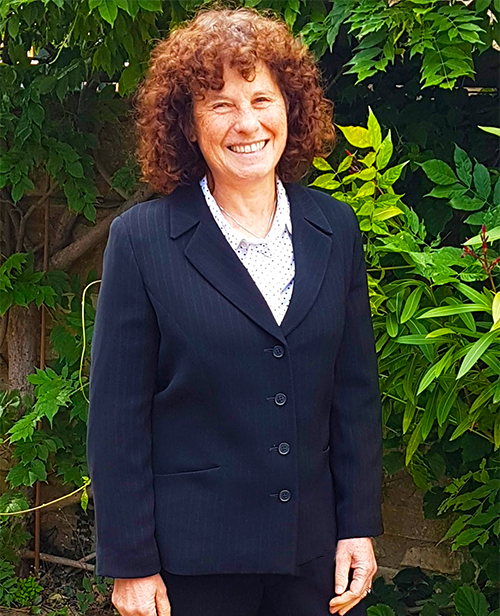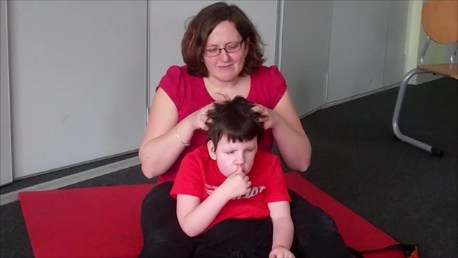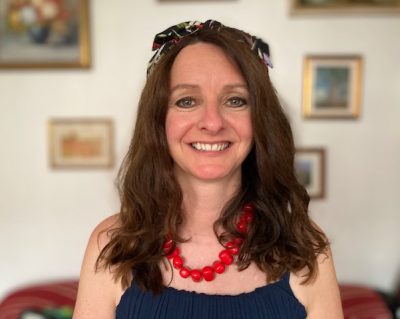TACPAC Research and Resource Campaign
TACPAC, the sensory communication resource using Touch and Music, is launching its Research and Resource campaign. We’re excited to invite all our TACPAC community across the world to take part in this campaign.

Hilary Wainer BMus, MEd, DipMTh, Dip Psychotherapy
Co-Founder and Director
We all know that TACPAC works. We have had so many anecdotal reports of wonderful magical moments in sessions. We have had also had research contributions as being part of a master’s degrees and many of you have enquired about carrying out further research.
We now want to collate all those studies, stories, those special moments, from all our Tacpackers. For those among us who are interested in researching the changes we see in our TACPAC partners, young and old and what brings about those changes, this will be such a valuable resource.
It is important for this research to be made available to those seeking to find out more about TACPAC methodology of using 2 sensory languages to communicate. We hope to see our articles published in reputable journals, attracting wider audiences who can add to this body of knowledge.
There is ample well researched evidence backing up the benefits of music on the brain, and touch on the body. Now it is up to us to break new ground, and share how this related to TACPAC.
It is going to be wonderful to read and see what others in the TACPAC Community are doing in their sessions. We are going to collate these experiences and we encourage everyone to contribute to the beginning of this body of information.
Aim of the research
We would like to see your research published in relevant and reputable journals showing how TACPAC has been validated through various methodologies.
Who would benefit from TACPAC research
Anyone who wants to do academic research on TACPAC. These include anyone undertaking further study in their Master’s degree, or enquire further on how and why your TACPAC sessions are working.
Through publication of the research, practitioners with similar interests are aware of new knowledge in their field and this helps to advance knowledge and its application.
Anecdotal observations will greatly assist the entire TACPAC Community and will be published on the website.
Wherever possible, we will link like-minded people with similar goals so that your topic of investigation is strengthened.
Looking into how a child behaviour changes over a course of TACPAC
Investigating the impact of patterning and sequencing with a group of autistic adults using TACPAC
Researching the development of the relationship between giver and receiver over 6 months in a primary school class
Interested?
If you are interested in carrying out research on TACPAC, please get in touch

Please fill in this form below and we will get back to you as soon as possible


